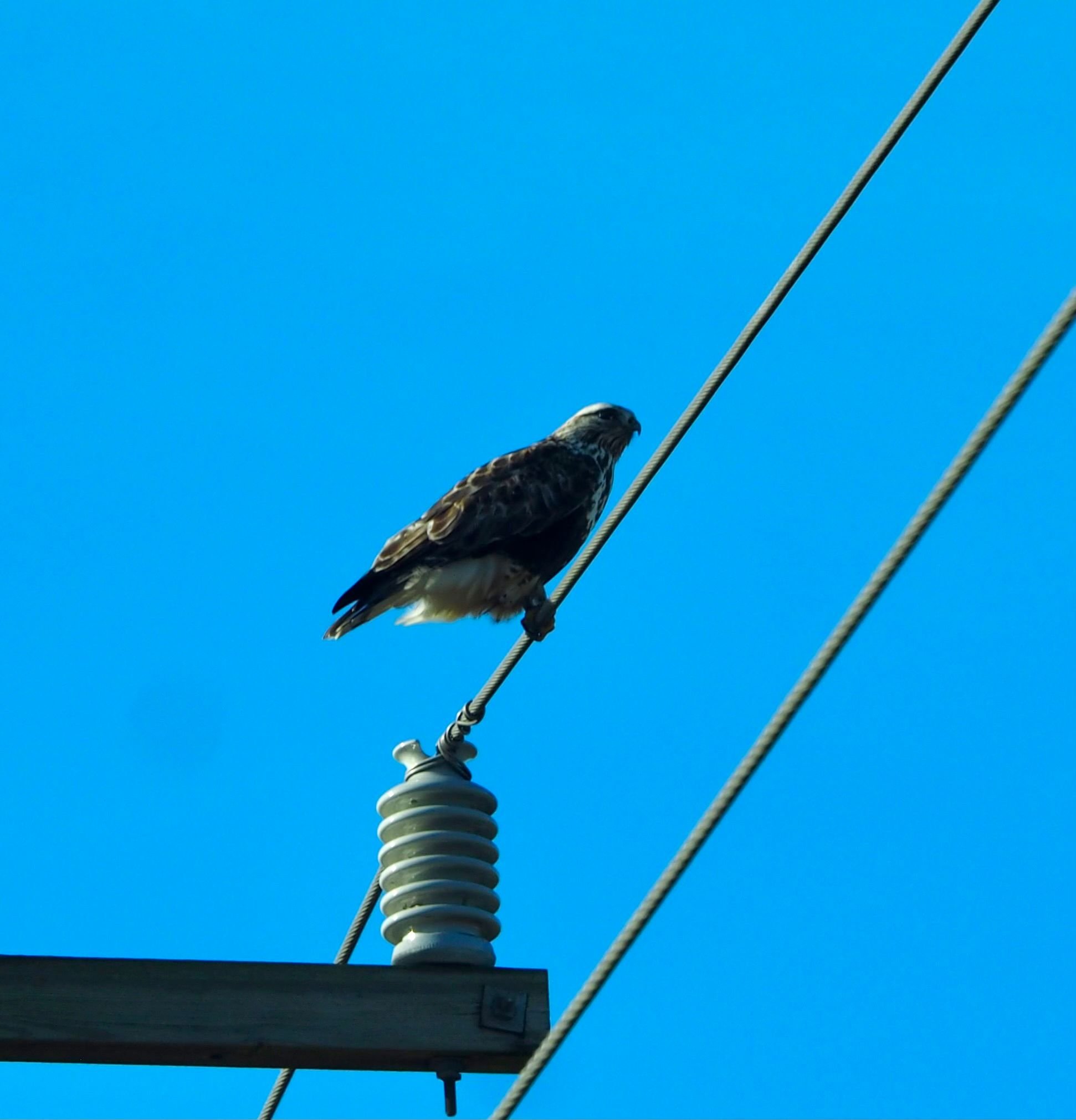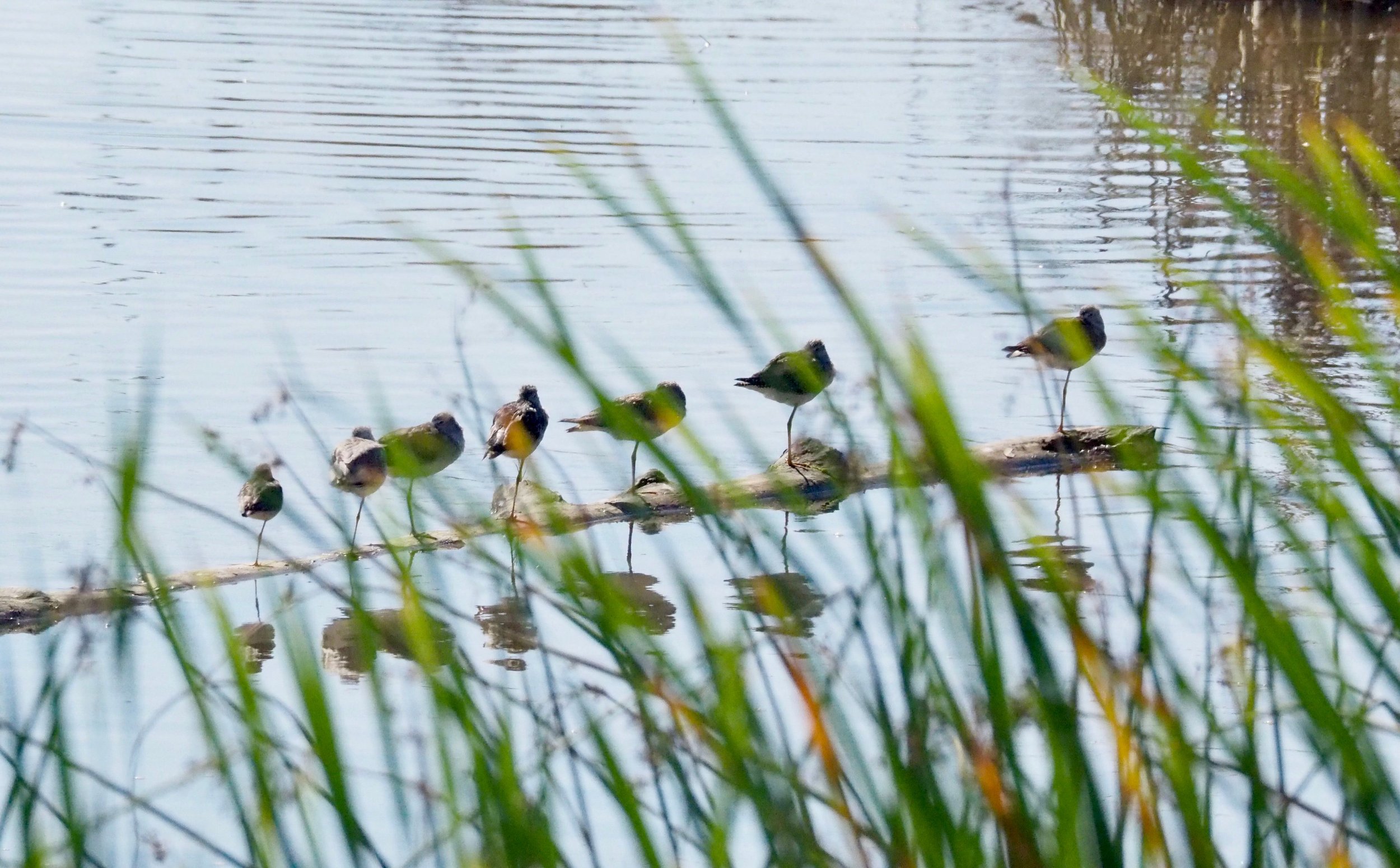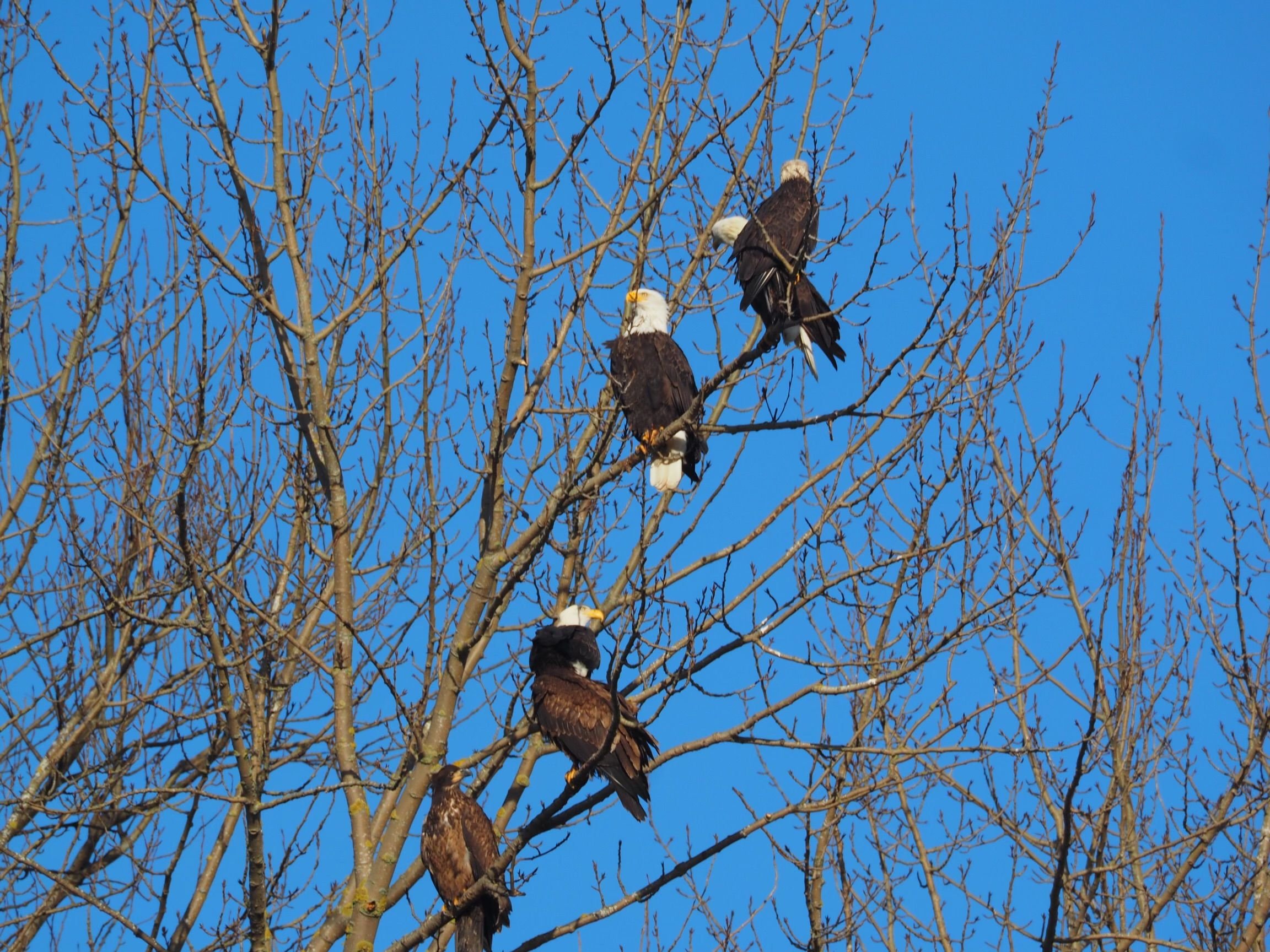Bird Wise Observations: Birder Izzy Arévalo Wong
What does Be Bird Wise mean in practice among the various human observers of the wild birds populating our Skagit Valley landscape every fall and winter? Who are the observers of the birds and what are the different ways these observers comport themselves in the landscape in that avian observation?
Izzy Arévalo Wong (Photo: Izzy Arévalo Wong)
We’re talking to various user groups to share their distinct experience and best practices from birders to hunters to farmers to tribal members. Birder Izzy Arévalo Wong is next up in our series.
Arévalo Wong is a Seattle-based birder who’s visited the Skagit Delta for more than three decades.
As a serious birder she’s visited many parts of Washington and the United States, and counts Skagit as one of the most memorable birding areas of her experience.
In the company of her husband Kendrick Wong, she makes this agricultural valley a destination multiple times a year for viewing the different migratory birds.
She shares what she sees on her Skagit trips in her own words:
I've been coming to Skagit for over thirty years. One of my first birding trips (here) was in 1992 on a chartered bus with the organization then known as Seattle Audubon (now Birds Connect Seattle).
Skagit was already known nationally as a great place to see raptors (hawks, falcons, eagles, owls) in the winter and that’s what this particular trip focused on.
Living in Seattle, you generally don’t see raptors that much in the winter and they are abundant and close by in Skagit.
Rough-legged hawk (Photo: Kendrick Wong)
In fact, raptors are my sentimental connection to Skagit. I have a story about falcons that both earned me some local fame at the time and sealed my love for this place as a birder. In 1999 there was a reported Eurasian kestrel in Skagit, hanging around.
Kendrick and I came up to try to find it, and we did–along with five other falcon species that same day (in addition to the Eurasian kestrel, they also saw an American kestrel, a Gyrfalcon, a Prairie falcon, Peregrine falcon and a Merlin).
We didn't know it at the time, but we set a national record for seeing six falcon species in one day. This was in the days before social media, and Kendrick and I were not in the habit of taking photos like we do today.
We called the Washington Ornithological Society hotline to report the six species sightings instead, and left the message there.
The next morning, the Skagit-based raptor authority Bud Anderson called me to tell us we’d set a North American record!
Kendrick and I enjoyed some birder infamy for a while as “the six-falcon-day Wongs.”
The falcons are a special story, but we think about all the other birds now too, you can see such a mix.
The Trumpeter and Tundra swans, Snow geese, shorebirds. I’m a dedicated birder, someone who goes out and birds.
Birds are the singular reason I visit Skagit every year.
We are birders first, photographers second. Kendrick digiscopes out of respect for the birds (which means we take photos from a distance viewable through a scope).
Most of the photos we share (on social media) are digiscoped.
For the first 20 years of birding we didn't even take photos.
Resting Yellowlegs and a Dowitcher at Wiley Slough (Photo: Kendrick Wong)
I’ve observed changes over the years of birding.
There are more people outside, that’s a general observation for everywhere. I wouldn’t say it’s crowded, just more people.
Skagit looks like it’s a place where people come for a Sunday drive, especially at peak times like when the snow geese and swans are present.
I assume many of them are coming from out of town. It is a nice drive! It’s pretty, it’s farmland, it’s open.
It’s a place you come to look at the beauty of it, whether it’s the scenery or the birds.
It’s a drive in the country that’s really close to urban areas.
I’m pretty sure there are more birders out there, too.
And I have definitely noticed an increase in the presence of wildlife photographers. It’s at the birding spots that I see the big cameras, and not all of them are birders.
I might mention a bird of some kind and many don’t seem to know what I am talking about.
That tells me they are photographers and not birders.
Some of them don’t even know what they are taking pictures of!
I love Wiley Slough. It’s like another world. Years ago it used to be marshy, you couldn't walk through certain spots or you needed waders to access some areas.
There was one year back in the 90s that a Green-tailed towhee was found there (a rarity then and now).
It was in the wintertime and you had to wade through the entire marsh area in order to see it.
This was long before there was the access you have now.
In fact if you go there now, all those dead trees are the result of the salt water that came in from the restoration.
All that stuff you see now, the mud flats, that wasn't there. It was just marshy, no trails. It’s changed dramatically.
I like that it has a trail now! And it’s continuing to evolve and change.
The restoration of mudflats from the marsh created habitat for waterfowl and shorebirds, for instance.
The changes also gave birders access to areas that were not previously observable.
The parking and the physical access to trails make it a lot easier to see a greater variety of birds.
And at Wiley, you meet other birders. You meet non-birders, too, people out for walks with their kids or their dogs. Hunters share the space at Wiley, too.
Bald eagles (Photo: Kendrick Wong)
Personally, I wish birders and hunters didn't share the same space. Hunters have a right of course, but hunting does interfere with the birding.
The shots scare birds, the sound of the guns. They’re duck hunting, killing ducks. I’ve seen a duck taken down and that was upsetting.
If you stay on the trail you’re not interfering with each other’s activities. I grew up with hunting–my dad was a hunter–and I haven’t had any negative encounters with hunters.
But if I see an area with a lot of hunting going on, I go somewhere else.
As far as how I present myself when visiting Skagit, we wear birder gear so we’re kind of obvious when we are in the field or we go into a business.
We have a chat with anyone who comments and our interactions are always very positive.
The locals understandably get fed up with birders pulling over on the road to see the swans and geese.
If it says no parking you really can’t do that as a visitor.
I’ve never experienced (an adverse encounter) myself, but I’ve heard about it from other birders being asked to leave or move their cars.
We don’t trespass.
If we birders want people to respect birders we have to act respectable as ourselves.
For birders, Skagit is really a treasure.
It’s a premier place for raptors in the winter and shorebirds in the late summer and of course the swans and geese in the thousands, and it’s not far from Seattle.
We can see birds, have lunch and call it a day, all in a place that is beautiful and accessible every day of the year and is not crowded when you get there.
I don’t want this landscape to disappear.
As told to Bryony Angell. This interview has been lightly edited for length and clarity.




